To make surf fishing rigs, gather essential components like hooks, leaders, and weights. Assemble them based on your target fish species.
Surf fishing rigs are crucial for a successful fishing experience. They help present bait effectively and withstand the harsh surf conditions. Common types include the fish finder rig, the high-low rig, and the Carolina rig. Each rig serves a specific purpose, whether targeting bottom-dwelling fish or those swimming higher in the water column.
Selecting the right rig can significantly impact your catch rate. Beginners and seasoned anglers alike benefit from understanding and mastering different surf fishing rigs. With the right setup, you can enjoy a productive and enjoyable day of surf fishing.
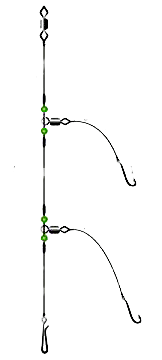
Credit: www.go-saltwater-fishing.com
Choosing The Right Gear
Choosing the right gear is crucial for surf fishing success. With the right equipment, you’ll have a better chance of catching fish. Let’s explore the best options for rods, reels, and fishing lines.
Rods And Reels
Rods and reels are the foundation of any good fishing rig. For surf fishing, you need a rod that is long and strong. A rod length of 10-12 feet is ideal. This length helps you cast further and handle bigger fish.
When selecting a reel, consider a spinning reel. Spinning reels are easier to use and versatile. Look for a reel with a high line capacity. This is important for long casts and handling strong fish.
Here is a quick guide:
| Rod Length | Ideal Use |
|---|---|
| 10-12 feet | Long casts and big fish |
Fishing Lines
Choosing the right fishing line is also crucial. There are three main types of fishing lines: monofilament, braided, and fluorocarbon.
- Monofilament: Good for beginners. It is easy to handle and affordable.
- Braided: Strong and durable. Ideal for catching big fish.
- Fluorocarbon: Nearly invisible underwater. Great for clear waters.
Use a line with a test strength of 20-30 pounds. This strength is perfect for surf fishing. It can handle strong fish and rough conditions.
Essential Rig Components
Creating the perfect surf fishing rig requires understanding its essential components. These components include hooks, sinkers, and swivels. Each part plays a crucial role in the rig’s performance and effectiveness. Let’s dive into each component and its importance.
Hooks
Hooks are vital for catching fish. They come in various sizes and shapes. Choose the right hook based on the fish you’re targeting.
- Circle Hooks: Ideal for catch and release fishing.
- J-Hooks: Great for quick hook sets.
- Treble Hooks: Useful for securing bait.
Ensure your hooks are sharp and durable. They should penetrate easily for a secure catch.
Sinkers
Sinkers help your bait reach the desired depth. They also keep your rig steady in the water. The type of sinker you use depends on the water conditions.
| Type of Sinker | Use |
|---|---|
| Pyramid Sinkers | Good for strong currents. |
| Egg Sinkers | Best for gentle currents. |
| Bank Sinkers | Ideal for rocky bottoms. |
Always match your sinker weight to the surf conditions.
Swivels
Swivels prevent your line from twisting. They connect different parts of your rig. Using the right swivel can make your fishing experience smoother.
- Barrel Swivels: Common and versatile.
- Ball Bearing Swivels: Offer smooth rotation.
- Three-Way Swivels: Great for complex rigs.
Make sure your swivels are strong and reliable. They should handle the weight and stress of your rig.
How To Rig a Popper
Popular Surf Fishing Rigs
Surf fishing rigs help you catch fish from the shore. These rigs are designed to keep your bait in the strike zone. Knowing which rig to use can make a big difference. Here are two popular surf fishing rigs that every angler should know.
Fish Finder Rig
The Fish Finder Rig is great for catching bigger fish. It allows your bait to move naturally. Here’s how you can make it:
- Attach a sliding sinker to your main line.
- Add a bead to protect your knot.
- Attach a barrel swivel to the end of the line.
- Tie a leader to the swivel, about 18 to 24 inches long.
- Attach your hook to the end of the leader.
This rig works well with live bait like mullet or shrimp. It’s ideal for catching redfish, striped bass, and other large species.
How To Choose Rod For Fishing
Dropper Loop Rig
The Dropper Loop Rig is perfect for bottom fishing. It keeps your bait off the ground. Here’s how to make it:
- Cut a piece of leader line, about 3 feet long.
- Tie a dropper loop in the middle of the line.
- Attach a sinker to the bottom end of the line.
- Tie a hook to the dropper loop.
- Attach the top end to your main line with a swivel.
This rig is excellent for catching smaller fish like whiting and pompano. It works well with cut bait or sand fleas.
| Rig Type | Ideal Bait | Target Fish |
|---|---|---|
| Fish Finder Rig | Live bait (mullet, shrimp) | Redfish, Striped Bass |
| Dropper Loop Rig | Cut bait, Sand fleas | Whiting, Pompano |
Step-by-step Rig Assembly
Creating your own surf fishing rig can be fun and rewarding. Follow these easy steps to assemble your rig. By the end, you’ll be ready to catch more fish.
Tying Knots
Knots are essential for a strong rig. Start with the Improved Clinch Knot. This knot is easy and reliable.
- Thread the line through the hook eye.
- Twist the tag end around the main line 5 times.
- Pass the tag end through the small loop near the hook.
- Moisten the knot and pull tight.
Next, tie a Dropper Loop Knot. This knot will hold your bait.
- Form a loop in the line.
- Twist the loop 5 times.
- Pull the middle of the loop through the twist.
- Tighten the loop by pulling both ends of the line.
Attaching Components
After the knots, attach the components. This includes hooks, sinkers, and swivels.
Hooks: Use a size 4/0 hook for larger fish. Attach the hook to the dropper loop.
Sinkers: A 2-ounce pyramid sinker works well. Attach the sinker to the end of the line using a snap swivel.
Swivels: Use a barrel swivel to connect your leader to the main line. This prevents line twist.
| Component | Description | Use |
|---|---|---|
| Hooks | Size 4/0 | Attach to dropper loop |
| Sinkers | 2-ounce pyramid | Attach with snap swivel |
| Swivels | Barrel swivel | Connect leader to main line |
With these steps, your surf fishing rig is ready. Enjoy your fishing adventure!
Bait Selection And Presentation
Choosing the right bait and presenting it correctly are key to surf fishing success. Different fish species respond to various bait types. Presentation is crucial for attracting fish. This section will guide you on selecting and presenting both live bait and artificial lures.
Live Bait
Live bait is often the best option for surf fishing. Fresh bait attracts more fish. Common choices include:
- Sandworms: Ideal for striped bass and flounder.
- Clams: Great for surf perch and striped bass.
- Mullet: Effective for larger species like bluefish.
Ensure your live bait stays fresh and lively. Use a bait bucket with aeration. Hook the bait properly to keep it alive longer.
| Bait Type | Target Fish |
|---|---|
| Sandworms | Striped Bass, Flounder |
| Clams | Surf Perch, Striped Bass |
| Mullet | Bluefish |
Artificial Lures
Artificial lures can be as effective as live bait. They mimic the appearance of prey. Common types include:
- Soft Plastics: Mimic worms, grubs, and small fish.
- Spoons: Flashy and effective for many species.
- Plugs: Imitate larger baitfish like mullet and sardines.
Choose lures based on water conditions and target species. Use brighter colors in murky water. Natural colors work best in clear water.
| Lure Type | Best Conditions |
|---|---|
| Soft Plastics | Clear Water |
| Spoons | Murky Water |
| Plugs | Varied Conditions |
How to Choose Fishing Lures
Casting Techniques
Understanding casting techniques is essential for successful surf fishing. Mastering these techniques helps you cast your line further and more accurately. Here, we’ll explore two popular casting methods: the overhead cast and the side cast.
Overhead Cast
The overhead cast is a straightforward and effective technique. Follow these steps to perform an overhead cast:
- Stand with your feet shoulder-width apart.
- Grip the rod firmly with both hands.
- Hold the rod at a 45-degree angle behind you.
- Swing the rod forward with a smooth motion.
- Release the line as the rod points forward.
Practice this technique to improve your accuracy and distance. The overhead cast works well in open spaces without obstacles.
Side Cast
The side cast is ideal for areas with low overhead clearance. Follow these steps to execute a side cast:
- Stand with your feet apart for balance.
- Hold the rod parallel to the ground.
- Swing the rod sideways in a swift motion.
- Release the line as the rod points to your target.
The side cast is excellent for casting under obstacles like trees or piers. It requires less overhead space compared to the overhead cast.
| Technique | Best Use | Key Steps |
|---|---|---|
| Overhead Cast | Open spaces |
|
| Side Cast | Areas with low clearance |
|
Surf Fishing Locations
Choosing the right surf fishing location can significantly improve your fishing success. Different locations offer various advantages. Here are some prime spots to consider for your next surf fishing adventure.
Beaches
Beaches are popular surf fishing locations. They offer easy access and plenty of space. When fishing on beaches, look for areas with troughs, sandbars, and points. These features attract fish.
Early morning and late afternoon are the best times for beach fishing. The fish are more active during these periods. Bring a comfortable chair and a good rod holder. This will help you stay relaxed while waiting for a bite.
It’s also helpful to observe the tides. Fish often feed during incoming and outgoing tides. Use this knowledge to plan your fishing trips.
Jetties
Jetties provide another excellent surf fishing location. They extend into the water, creating a habitat for various fish species. Jetties are usually made of rocks or concrete, providing a stable platform for fishing.
Fish often gather around jetties to feed on smaller fish and crustaceans. This makes jetties prime spots for catching larger fish. Bring sturdy gear and be prepared to cast near the rocks.
Safety is important when fishing from jetties. Wear non-slip shoes and be aware of the waves. Always check the weather forecast before heading out.

Credit: m.youtube.com
Safety Tips
Creating surf fishing rigs can be fun and rewarding. It is essential to stay safe. Follow these tips to avoid accidents and enjoy your time.
Weather Awareness
Always check the weather before heading out. Storms and high winds can be dangerous. Use weather apps or local news for updates.
Dress appropriately for the weather. Wear layers if it’s cold. Use sunscreen and a hat in sunny conditions. Stay hydrated.
Be cautious of lightning. If you hear thunder, stop fishing and seek shelter. Safety is more important than catching fish.
Proper Handling
Handle hooks and knives with care. These tools are sharp and can cause injuries. Use a tackle box to organize and store them safely.
Wear protective gloves when handling bait or fish. Gloves protect your hands from cuts and infections. Choose waterproof and durable gloves.
Follow a step-by-step approach when making rigs. Take your time and avoid rushing. Check your work to ensure everything is secure.
| Equipment | Safety Tip |
|---|---|
| Hooks | Handle with care to avoid injuries. |
| Knives | Store safely to prevent cuts. |
| Bait | Wear gloves to protect your hands. |
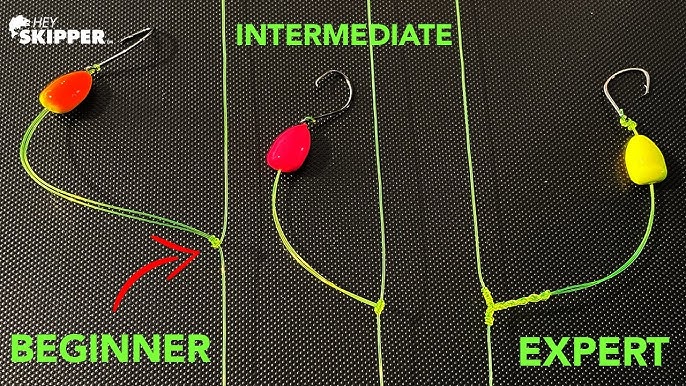
Credit: m.youtube.com
Mastering surf fishing rigs can enhance your angling experience. Practice these techniques to improve your chances of success. Remember, the right rig can make all the difference. Happy fishing and tight lines!
FAQs:
How To Make Saltwater Fishing Rigs?
To make saltwater fishing rigs, gather hooks, sinkers, and swivels. Attach a swivel to your main line. Then, tie a leader with a hook to the swivel. Add a sinker above the swivel. Ensure secure knots. Adjust rig based on target fish species.
What Is The Best Bait For Surf Fishing?
The best bait for surf fishing includes live sand fleas, shrimp, and cut bait like mullet or squid. These attract popular species such as redfish, pompano, and striped bass. Fresh bait generally yields better results than frozen.
How To Tie A Surf Fishing Lure?
To tie a surf fishing lure, use the improved clinch knot. Thread the line through the lure eye, wrap it around the main line five times, thread it back through the first loop, and then through the big loop. Pull tight and trim the excess.
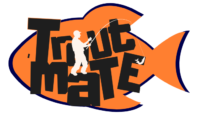
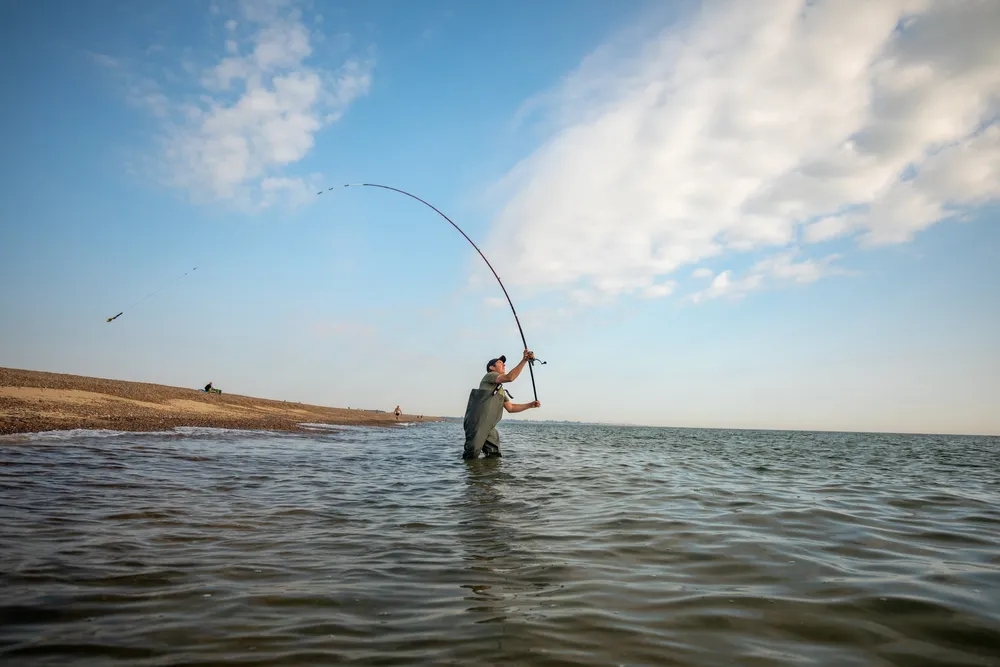
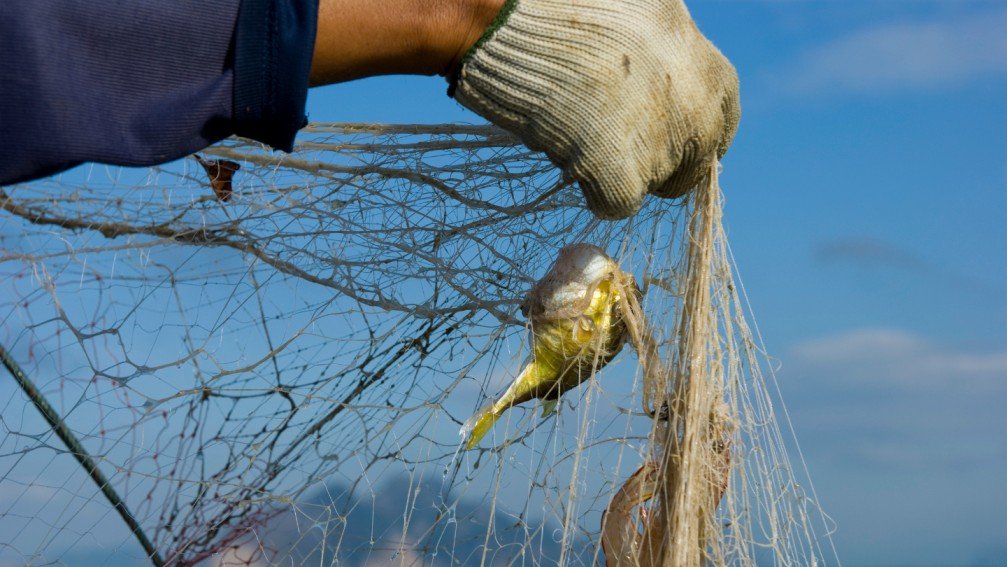
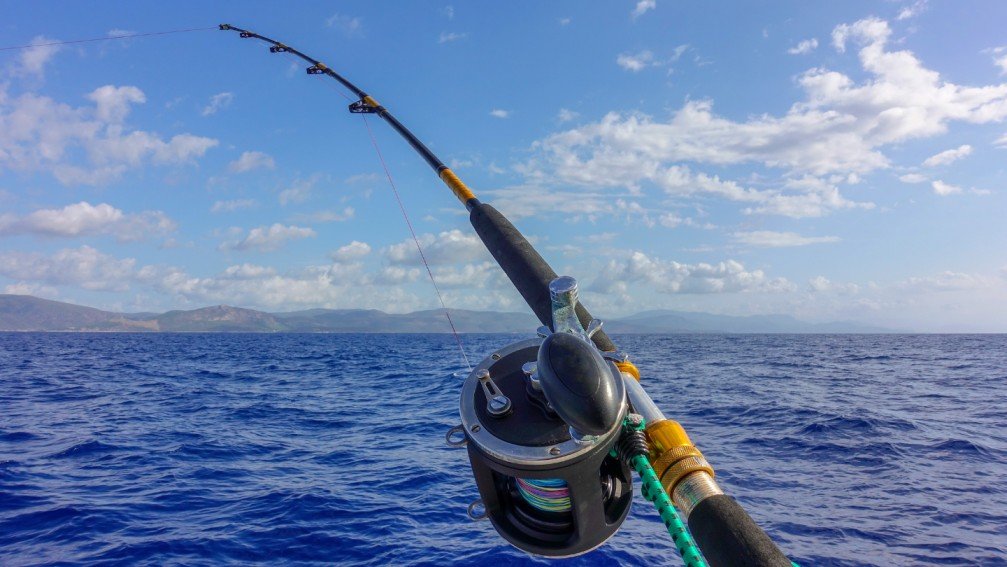
What are the benefits of having pets, the advantages of pets.
what to consider when choosing a pet, advantages of different pet breeds.secrets of pet care, how to ensure the health of your pet.fun facts about pets, why pets are so amazing.effective methods of pet training, how to teach a parrot to talk.
domestic animals list http://www.petstorepetsupply.com/ .
Revolutionary new inventions that will change the world forever, innovations that will blow your mind.
Must-have gadgets for the modern tech-savvy individual, cutting-edge technology you need to see.
cool inventions https://www.washingtondchotelsonline.com .
Elite cars at your disposal
luxury car rental https://trafficarbitration.com .